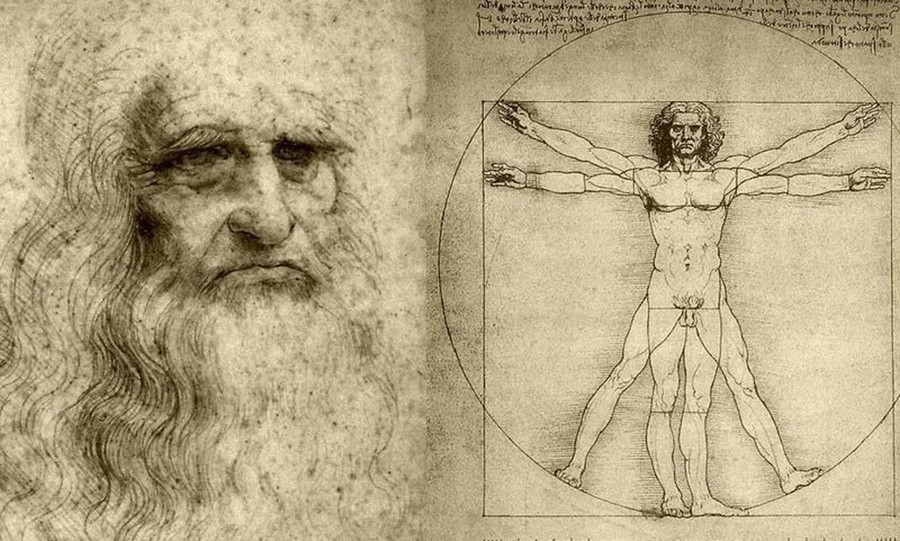In 1877, rumors began circulating that a young engineer in New Jersey had invented a talking machine, but it wasn't until December of that year that the machine, invented by Thomas Edison, was demonstrated publicly. The machine, called the photograph, was the first device to both record and replay sound and became a sensation.
Edison's laboratory was flooded with journalists, and public demonstrations of the device drew enormous crowds. The phenomenon of playing back voices became common in the 20th century, but the technology to do so existed far earlier. In the 1850s, Frenchman Edward Deon Scott de Martinville developed a device that could inscribe airborne sounds onto paper, called the phonautograph, but the recordings were never intended to be played back.
However, in 2007, an American team of researchers rediscovered collections of Scott's work and used high-resolution digital scans to convert one of the photograms into an audio file, revealing the first playable recording of humanity's own voice, made in 1860. Scott's work was largely ignored by the press, and he never made much money from his machine, while Edison received accolades from around the world for the invention of the phonograph.







